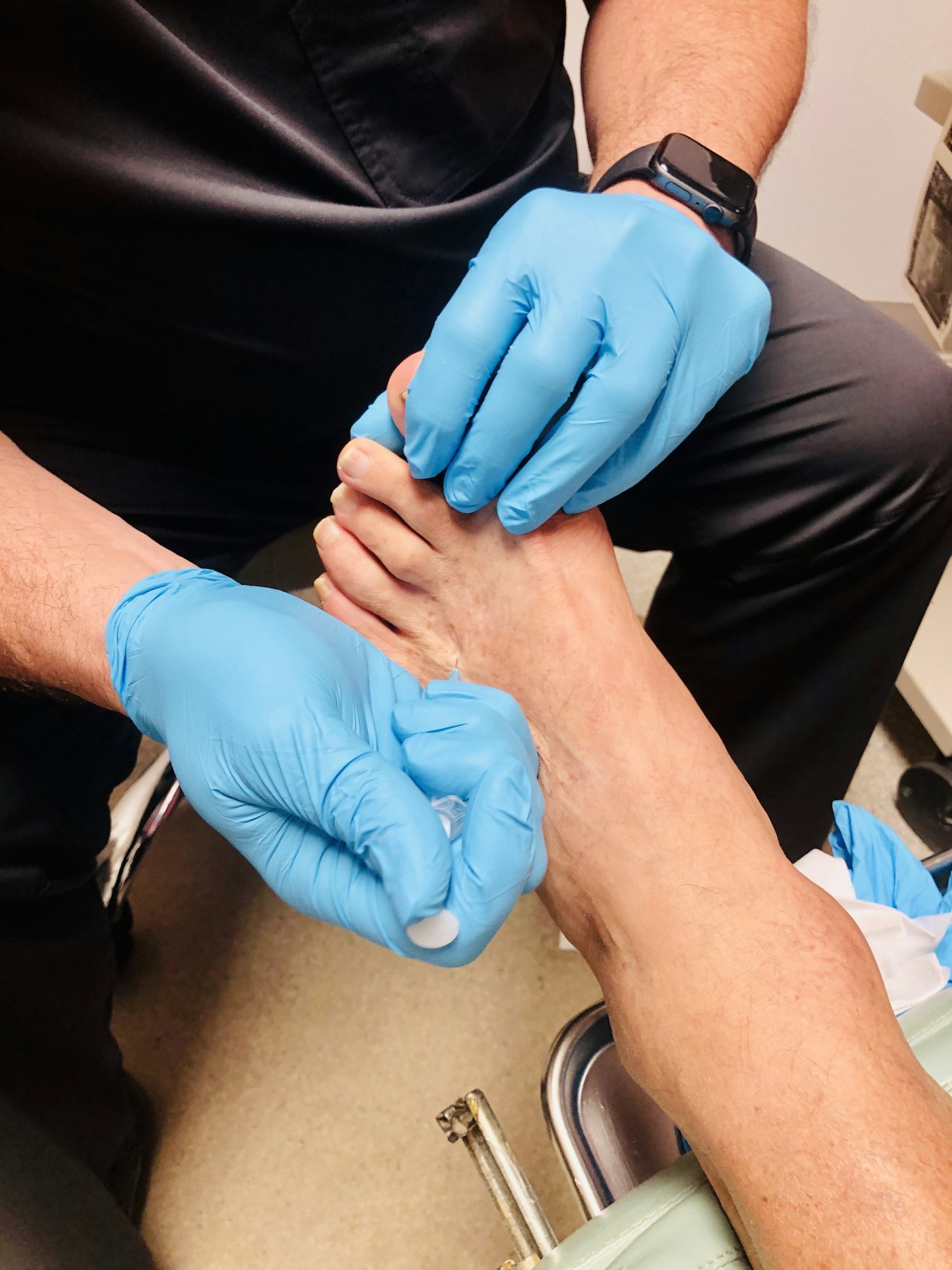Table of Contents
Introduction
Shoulder pain is a common issue that can affect your daily life, from simple tasks like reaching for items on a high shelf to participating in your favorite sports. While there can be various causes of shoulder pain, one of the most effective ways to alleviate discomfort and prevent future issues is through targeted shoulder exercises. In this blog, we’ll explore why exercises can help with shoulder pain and provide you with a list of exercises to strengthen and rehabilitate your shoulders. If your pain persists, we’ll also guide you on the next steps to take for evaluation and treatment.
Why Exercises Can Help with Shoulder Pain
- Strengthening the muscles: The shoulder is a complex joint with several muscles and tendons supporting its movement. By engaging in targeted shoulder exercises, you can strengthen these muscles, making your shoulder more stable and less prone to injury.
- Increasing flexibility: Some shoulder pain is caused by a lack of mobility in the joint. Exercises that focus on flexibility and range of motion can help alleviate this issue.
Improving posture: Poor posture can lead to shoulder pain. Certain exercises can help you maintain better posture, reducing strain on your shoulders. - Pain relief: Regular exercise can release endorphins, which act as natural painkillers, helping to manage and reduce shoulder pain.
Exercises That Help with Shoulder Pain
- Shoulder Rolls: Start with a simple exercise to warm up your shoulders. Stand or sit up straight and roll your shoulders forward in a circular motion for 15-20 seconds. Then, reverse the motion and roll them backward.
- Wall Angels: Stand with your back against a wall, arms at a 90-degree angle, and palms facing forward. Slowly raise your arms overhead, keeping your back and arms in contact with the wall. Lower them back down and repeat for 10-15 repetitions.
- Resistance Band Pull-Aparts: Grab a resistance band and hold it with your arms extended in front of you. Pull the band apart by moving your arms to the sides while squeezing your shoulder blades together. Perform 3 sets of 15-20 reps.
- Y-Raises: Lie face down on an incline bench with dumbbells in each hand. Raise your arms in a Y-shape, then lower them back down. This exercise targets the upper traps and rear deltoids, helping to improve posture.
- External Rotation with Bands: Attach a resistance band to a fixed point at waist level. Stand with your elbow at a 90-degree angle and your forearm parallel to the floor. Pull the band outwards by rotating your shoulder. Perform 3 sets of 15-20 reps per arm.

What to Do if Shoulder Pain Persists
Have Us Evaluate Your Shoulder
We Will Provide the Best Treatments
Once the source of your shoulder pain is identified, our compassionate team will recommend the most appropriate treatment plan. This could include physical therapy, medication, or, in some cases, surgical intervention. The goal is to provide you with the best treatment options for your specific condition, helping you recover as quickly and effectively as possible.
Contact Us Today
Don’t let shoulder pain disrupt your daily life or hinder your physical activities. If you’re struggling with persistent shoulder pain, it’s time to seek professional help. Contact our team of experienced orthopedic specialists today. We’re here to provide you with a personalized evaluation and the best treatments to alleviate your shoulder pain, so you can get back to doing what you love.
Your journey to a pain-free shoulder begins with a simple call or email – reach out to us today. Your comfort and well-being are our top priorities.
Recovery and Rehabilitation
The duration of recovery and rehabilitation varies depending on the severity and underlying cause of the back-of-knee pain. Following the prescribed treatment plan, engaging in physical therapy exercises, and adhering to any lifestyle modifications are crucial for a successful recovery.
It’s essential to communicate openly with your healthcare provider throughout the recovery process. This includes reporting any changes in symptoms, discussing challenges faced during rehabilitation, and addressing concerns or questions about the recovery timeline.
Preventive Measures and Lifestyle Considerations
While some causes of back-of-knee pain are unavoidable, certain preventive measures and lifestyle considerations can contribute to maintaining optimal knee health:
- Warm-Up and Stretching: Prior to engaging in physical activities or exercise, ensure adequate warm-up and stretching to prepare the muscles and joints.
- Strength Training: Incorporate strength training exercises that focus on the muscles around the knee, including the quadriceps and hamstrings, to provide additional support and stability.
- Proper Footwear: Wear appropriate footwear, especially during physical activities, to provide adequate support to the feet and knees.
- Maintain a Healthy Weight: Excess body weight can exert additional stress on the knee joints. Maintaining a healthy weight can reduce the risk of developing knee-related issues.
- Stay Hydrated: Proper hydration is essential for joint health. Water helps lubricate joints and supports overall joint function.
- Listen to Your Body: Pay attention to any warning signs such as pain or discomfort during activities. If you experience pain, it’s crucial to modify or stop the activity to prevent potential injuries.
Conclusion
In conclusion, back-of-knee pain is a multifaceted issue that requires a comprehensive understanding of its anatomy, symptoms, causes, and treatment options. Whether the pain stems from injuries, ligament issues, meniscus tears, or underlying medical conditions, early intervention and personalized care are essential for a successful recovery.
If you are experiencing persistent back-of-knee pain, do not hesitate to seek professional medical attention. Our dedicated healthcare team is committed to providing individualized care, guiding you through the diagnosis, treatment, and recovery process.
Regaining control over your knee health involves active participation in your treatment plan, adherence to recommended exercises and lifestyle modifications, and open communication with your healthcare provider. With the right support and a proactive approach, you can overcome back-of-knee pain and reclaim a life of comfort and mobility.
Remember, your knee health is a crucial component of your overall well-being. Take the necessary steps today to ensure a pain-free and active tomorrow.
Looking to schedule an appointment with a physician?
Schedule an appointment with us by calling (916) 961-3434 or by clicking the button below to begin requesting your appointment today!



